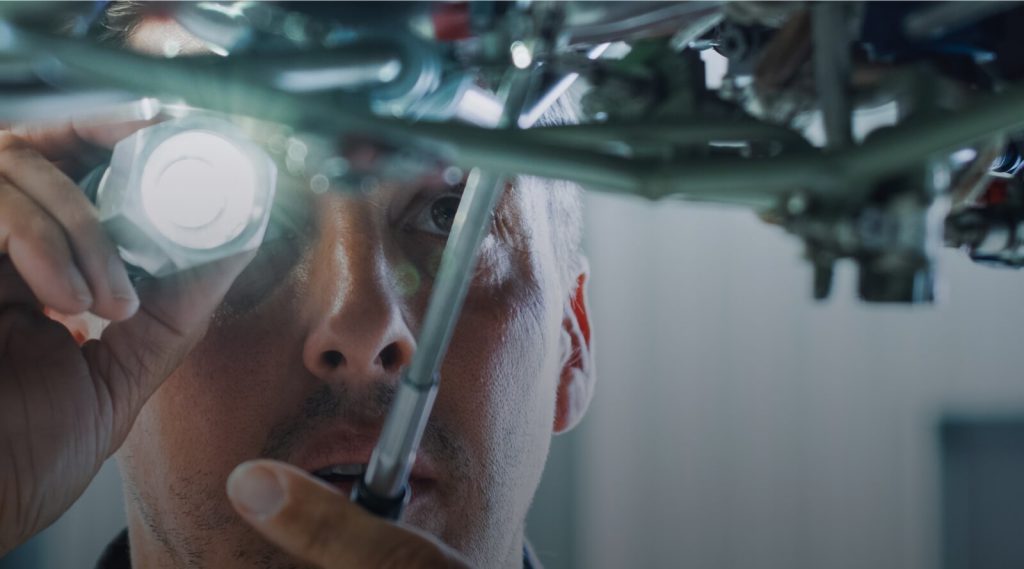Introduction
Aircraft maintenance is a cornerstone of the aviation industry, which in turn is a crucial contributor to global economic growth. The FAA Aerospace Forecast for 2021-2041 predicts a robust growth in air travel demand. Carriers will meet this demand by purchasing new aircraft and maintaining the health of their current fleet, resulting in a direct increase in demand for maintenance, repair, and overhaul (MRO) facilities.
The market for aircraft maintenance services is projected to cross USD 60 billion by 2030. To keep pace with this growth, many MROs are turning to innovative new technologies, including data analytics, augmented reality, and 3D printing.
Increased Use of Data Analytics
Digitization has almost entirely replaced paper, and now, huge stores of aviation data are available for analysis. Consequently, data analytics is becoming a critical tool in predictive maintenance, which helps with forecasting aircraft upkeep and maintaining schedules for better overall efficiency.
Airline data can also train AI systems to help with predictive maintenance. Many of the world’s largest airline carriers use data-driven AI and machine learning to pre-emptively replace components that could otherwise cause unexpected failures. Considering unplanned maintenance is one of the largest contributors to delay times, predictive maintenance through data analytics and AI is only growing in popularity with carriers.
Augmented Reality
Augmented reality and other immersive technologies are vital new tools for training aircraft maintenance engineers. Augmented reality training meets the growing demand for qualified aviation technicians and effective remote training. In its 2019-2038 Pilot & Technician Outlook, Boeing predicted a need for over 700,000 aviation technicians over the next 20 years.
The introduction of new aircraft and related technologies also requires regular re-training for existing technicians. Augmented reality allows for immersive learning that is comprehensive and efficient. Additionally, augmented reality is the best way to provide hands-on training remotely.
Internet of Things (IoT)
The Internet of Things links multiple stakeholders to huge data networks so that complex information can be shared, analyzed, and utilized when required. Aircraft MRO providers use these networks to optimize maintenance schedules and communicate efficiently with their clients.
Technicians use IoT networks to access real-time data from aircraft remotely, allowing them to monitor technical conditions and manage parts inventory and repairs efficiently. Given the rising demand for aircraft maintenance support services and technicians, the streamlining that IoT networks provide is extremely valuable for the aviation MRO industry.
3D Printing
3D printing drastically cuts down on wait times for replacing parts. Initially limited to replacing plastic parts, this manufacturing process is now being used to craft metal components as well. The process also allows companies to make better-engineered parts to replace existing ones, thereby improving aircraft efficiency and reducing inventory costs.
Airbus is one example of a corporation that has started 3D printing older aircraft parts from new materials to reduce costs and improve performance. Back in 2016, Airbus flew one of its models with over 1,000 3D-printed parts.
The Future of Aircraft Maintenance: Conclusion
R&D is a cornerstone of the aviation industry. The use of cutting-edge technologies in the upkeep of aircraft has caused significant shifts in the MRO industry, resulting in huge gains in efficiency and safety. As more advances in technology are tested and approved for wider use, their role in the aircraft maintenance industry will only grow in the coming years.
